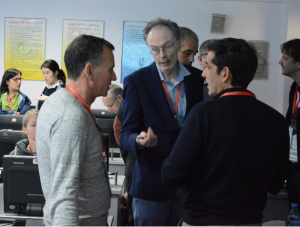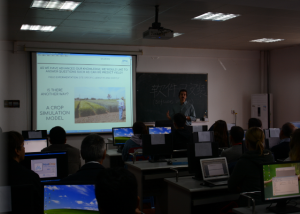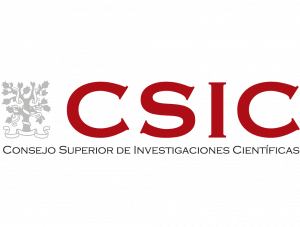
Received 18 December 2019, Revised 25 May 2020, Accepted 31 May 2020, Available online 16 June 2020.

Received 18 December 2019, Revised 25 May 2020, Accepted 31 May 2020, Available online 16 June 2020.

https://doi.org/10.1016/j.envexpbot.2020.104095
SHui project has celebrated their General Assemby for 2019 in Vienna (Austria) from September 9th to 13th. From the University of Natural Resources and Life Sciences Vienna (BOKU), Professors Andreas Kilk and Jose Gomez led the Consortium.
The first two days of the project were devoted to the revision of the current status of the different WPs, discussion of key issues and decision on activities planned for the next year.
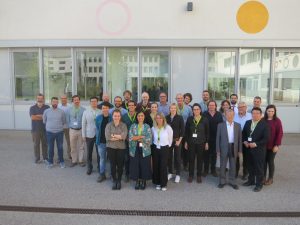
The following two days were devoted to a workshop on catchment hydrologic celebrated in Institute for land and Water Management Research (Federal Agency for Water Management) in Petzenkirchen. This workshop was leaded by Professor Peter Strauss and during the workshop the participants visited the Hydrological Open Air Lab (HOAL) and the long-term plot experiment at the Agricultural Technical School of Pyhra. In these sites the different experiments and technologies used were showed and discussed.
This meeting consolidated the frame build during first year within SHui, and help to take important decisions for accelerating the pace of the project generating scientific and technical results since its second year.
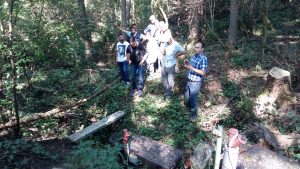
The University of Natural Resources & Life Sciences (BOKU) is organizing the 2019 SWAT International Conference on 15-19 July, 2019 in collaboration with the USDA-ARS and Texas AgriLife Research. The conference has become the most important scientific gathering for international experts and institutions in the field of river basin management.
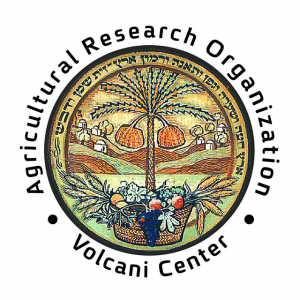 Partner Publication (ARO):
Partner Publication (ARO):Ohana-Levi, N., Bahat, I., Peeters, A., Stein, A., Cohen, Y., Nezer Y., Ben-Gal, A. (2019)
https://www.sciencedirect.com/science/article/pii/S0168169919303448
Management of agricultural fields according to spatial and temporal variability is an important aspect of precision agriculture. Precision management relies on division of a field into areas with homogeneous characteristics, management zones (MZs), which are likely affected by multiple, interrelated factors.
We present a method, based on machine learning and spatial statistics, to analyze the spatial relationship between a set of variables and determine management zones in a vineyard. The method involves:
Twelve variables were sampled for 3893 vines in the wine grape vineyard. These variables included soil properties, terrain characteristics, and environmental impact, as well as crop-condition, using indices calculated from remote sensing images. The predictor variables were spatially characterized using hot-spot analysis (Getis Ord Gi* Z-score values) to assess their spatial variability. A gradient boosted regression trees (BRT) algorithm was used to analyze the spatial multivariable effect on yield spatial characteristics. MZs were determined using multivariate K-means clustering, with relative weights given to the predictors, based on their relative influence on yield spatial variability provided by the BRT model.
This method was compared to ordinary K-means clustering and K-means with spatial representation of the variables without weights using a dissimilarity index and spatial autocorrelation measures. Model performance was found to be very high and demonstrated that among the evaluated predictors, crop condition indices were the most important regressors for yield and its spatial characteristics. The weighted multivariate spatial clustering was found to perform better in terms of separability of the points and their spatial distribution than the other two clustering techniques. Quantifying yield and its within-field spatial variability, ranking the effects of the predictors and their spatial variabilities, and segmentation of MZs through multivariable spatial analysis, are expected to benefit irrigation management and agricultural decision-making processes.
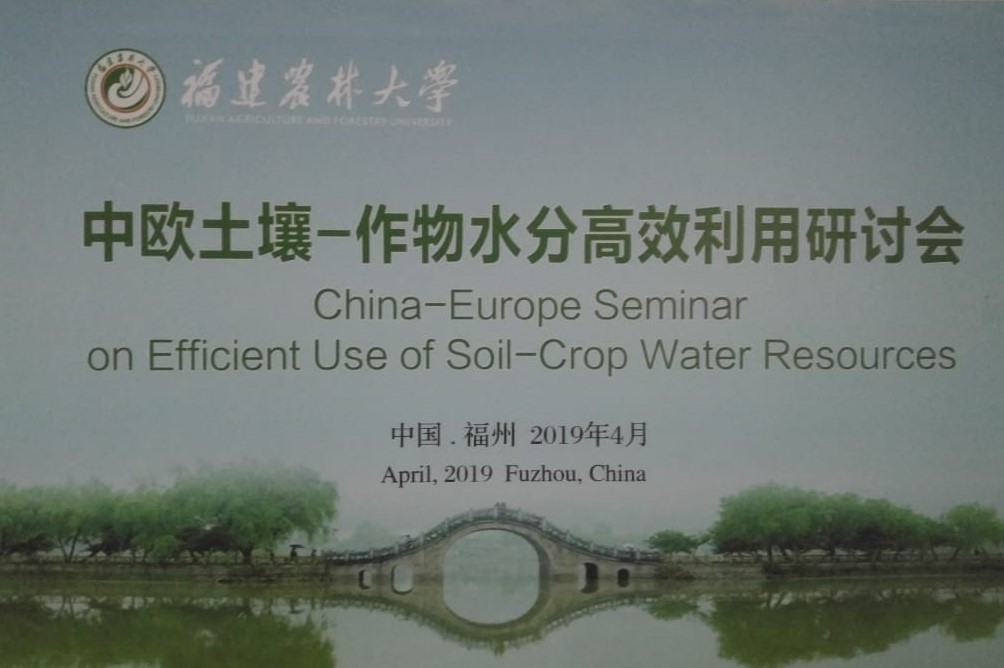
From April 1st to 5th, the SHui project held its first official conference in Fujian Agricultural and Forestry University, Fuzhou, China after gaining sponsorship from the Chinese Ministry of Science and Technology (MOST), complementing existing European Union funding. The conference was co-chaired by Professors Jose Gomez and Xu Weifeng, leading scientists from the European and Chinese sides respectively.
At the opening ceremony, Zheng Baodong, Vice President of Fujian Agricultural and Forestry University, delivered a speech emphasising the national importance of water management issues in both China and Europe. He pointed out that farmland water resources currently constrain agricultural production in both China and Europe, and that closer cooperation between scientists and water managers was needed to implement sustainable solutions. He hoped that the SHui project would strengthen China-EU international cooperation, providing opportunities for researcher exchanges to work together to achieve important breakthroughs.
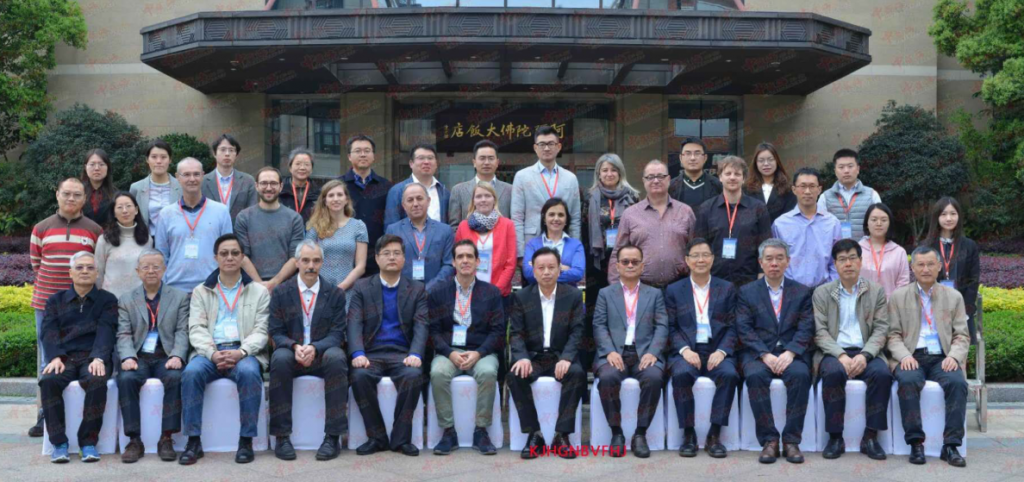
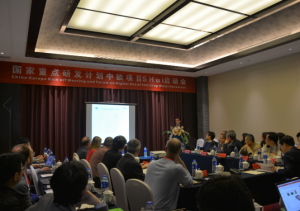
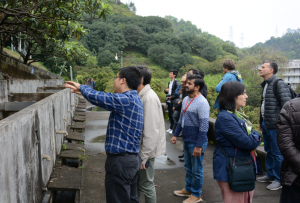
All partner institutions and universities were present at this event, along with members of the project’s International Advisory Board and project officers commissioned by the MOST. Many locally based academics from the Academic of Science and Technology, the College of Life Sciences, the College of Resources and Environment and the College of Crop Science also attended the meeting.
Apart from the official business of the project, during which Chinese and European Work Package Leaders presented their vision for the upcoming work, there was the opportunity for all attendees to update their skills. Following the official close of business, 35 delegates attended a workshop on Crop Growth and Hydrological modelling on April 4th, along with a “recess visit” to the nearby Jinshan Soil and Water Conservation demonstration park of the Fuzhou school. Although the workshop was aimed primarily at early-career scientists, it was obvious that even established academics could learn a lot about model design and implementation from the tutors:
Aquacrop
Hydrus
SWAT
To gain a personal perspective from one of the tutors, read Tomas’ reflections here.
http://hdl.handle.net/10261/180239
With a busy summer of experiments and field work planned ahead, the consortium plans to meet next in Vienna in September 2019 to report the latest progress.
